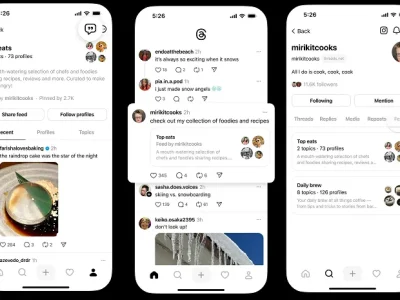Understanding the health of a brand is like checking the pulse of a living thing: it tells you whether the brand is healthy, stressed, or improving. In Singapore’s fast-moving market, businesses rely on structured measurement to make sensible decisions. A brand tracking company gathers data on how people know, feel about, and act toward a brand and turns those numbers into clear signals for action.
- Awareness and Reach
The first thing any brand tracking company measures is awareness. This includes unaided recall (can people name the brand without prompts?) and aided awareness (do they recognise it when shown?). In Singapore’s multi-channel environment from search to physical storefronts consistent awareness measurement shows whether marketing is seeding the top of the funnel or if messages are being lost.
- Consideration and Preference
Awareness is only the entrée. Consideration asks whether customers would actually pick the brand when given a choice. A good brand tracking company tracks changes in consideration over time and across segments (age groups, income brackets, locations such as Central Business District vs. suburban neighbourhoods). Shift in consideration is often the earliest sign of competitive movement.
- Brand Associations and Attributes
What words do people attach to the brand? Trustworthy, innovative, affordable, or premium those are brand attributes. Tracking the strength of these associations helps teams understand the intangible equity that influences long-term value. A brand that’s highly associated with “reliable” will behave differently in the marketplace than one associated with “cutting-edge”.
- Sentiment and Share of Voice
Beyond direct survey answers, modern tracking blends listening tools to measure sentiment on social platforms and forums. Share of voice how often a brand is mentioned relative to competitors combined with sentiment gives context: are mentions positive, negative, or neutral? Tracking sentiment trends helps anticipate reputation risks before they translate into sales declines.
- Usage, Penetration and Frequency
Actual behaviour is the most persuasive evidence of brand health. Penetration (what percentage of the target market uses the brand) and usage frequency (how often they use it) are fundamental metrics. A brand tracking company will tie these behaviours to demographic groups and purchase occasions to uncover growth pockets or pockets of churn.
- Purchase Intent and Conversion Signals
Purchase intent surveys, in-market tests, and funnel metrics (clicks → visits → purchases) show whether awareness and consideration are converting into action. If intent is high but conversion is low, it suggests friction in channels, pricing, or the checkout experience not necessarily a brand perception problem.
- Customer Experience and Loyalty Indicators
Net Promoter Score (NPS), customer satisfaction scores, and churn rates are practical ways to assess how well a brand delivers. A brand with rising NPS is likely to sustain advocacy and earn repeat purchases. Conversely, a falling satisfaction score is an early warning that product or service issues may be eroding equity.
- Competitive Benchmarking
Brand health never exists in isolation. A robust brand tracking company compares a brand’s metrics against direct competitors and category leaders. Benchmarking reveals whether a dip in performance is company-specific or category-wide (for instance, a regulatory change or supply constraint affecting everyone).
- Trend Analysis and Market Segmentation
Tracking is most valuable when viewed over time. Seasonal effects, campaign impacts, and long-term trends become visible only with regular measurement. Breaking data down by segments age, geography, buying occasion lets teams prioritise resources where the opportunity or risk is greatest.
Putting Metrics Into Action
Numbers only matter if they lead to change. Teams use tracking outputs to adjust messaging, reallocate budgets, redesign products, or improve service. Tracking also helps test hypotheses: did a campaign lift consideration? Did a service change improve NPS? Regular measurement creates a feedback loop that sharpens strategy.
Conclusion
In short, brand health is a composite of awareness, perception, behaviour, and financial consequence. A competent brand tracking company provides the measurements and the narrative that turn raw data into practical next steps. For organisations in Singapore, where consumer expectations and channels shift rapidly, ongoing tracking is less a luxury and more a necessary habit.












Comments